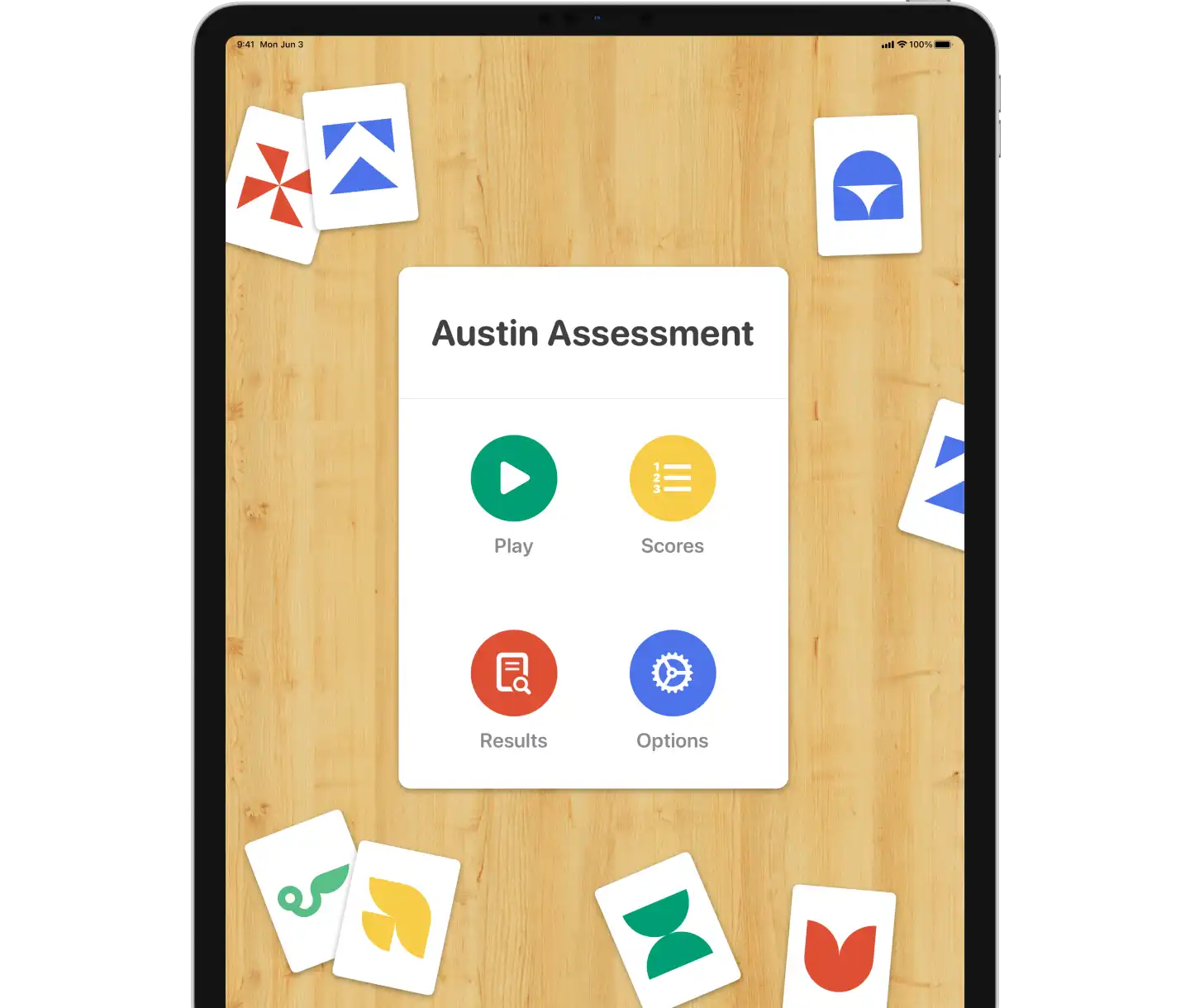
Cerebral Visual Impairment (CVI) is a visual condition caused by problems that stem from the brain, instead of the eye. Many children with CVI struggle to make sense of what they see, and to understand how their vision works.
Digital technology can help scientists study children with CVI, and it can also empower the children themselves. Understanding their own condition increases children’s confidence and ability to communicate their needs.
The background
A scientist has a lightbulb moment
Nicola McDowell is a doctoral candidate at Massey University who experiences Cerebral Vision Impairment herself. One day she was watching a young child called Austin, who also has CVI, struggling to complete a pairing card activity. Nicola had a lightbulb moment when she realised it was a difficulty with his vision that was making Austin struggle. Nicola created a playing card game experiment to study CVI.
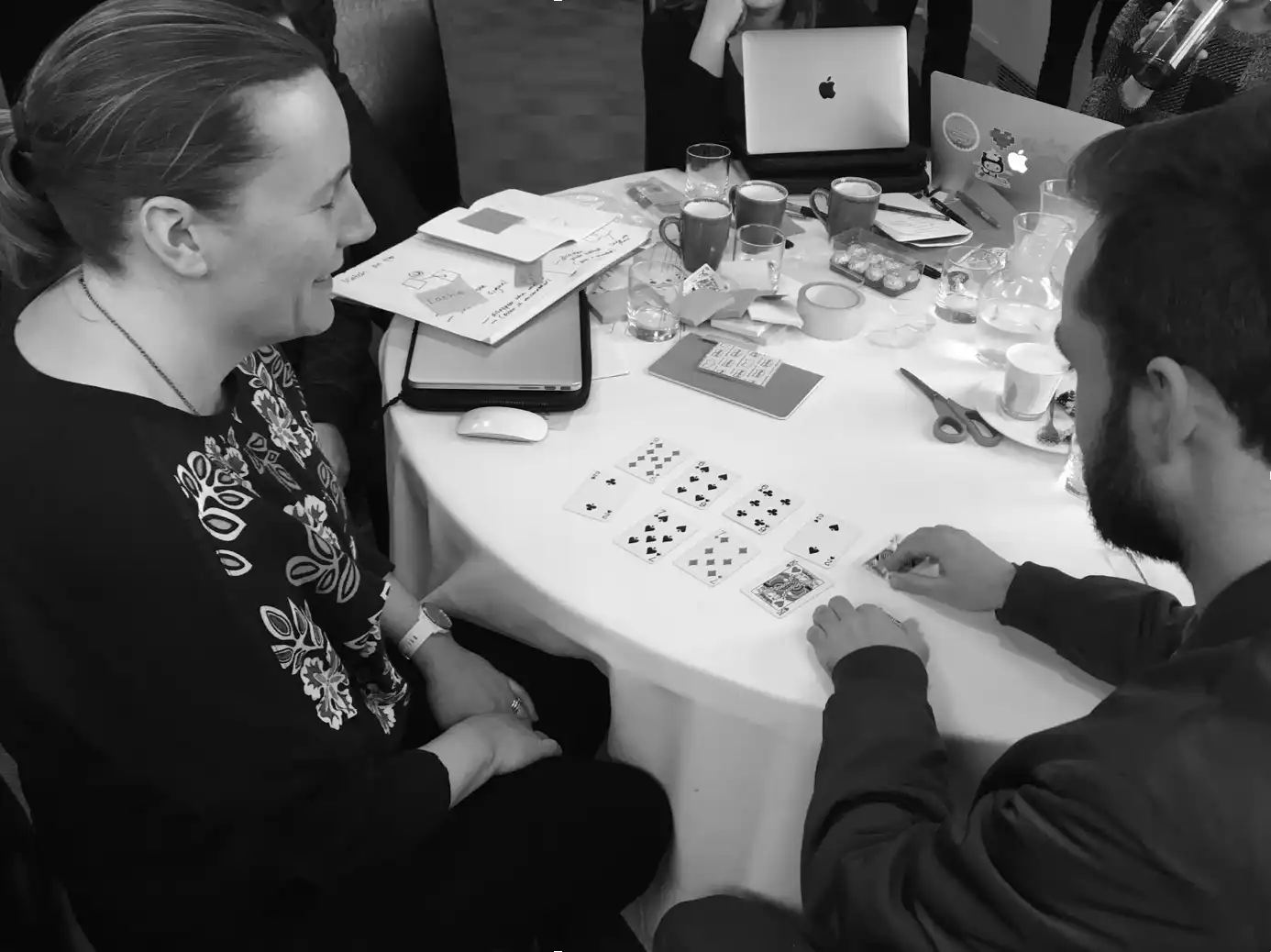
The challenge
Create a fun, serious game
We worked closely with Nicola to adapt her playing card assessment into a serious game for iPad. An app could help her gather better data, and identify small, but crucial, variations in behaviour. An app would also help share the game widely, for scientists around the world to use. Most importantly, a game designed for children would help them learn how their vision works.
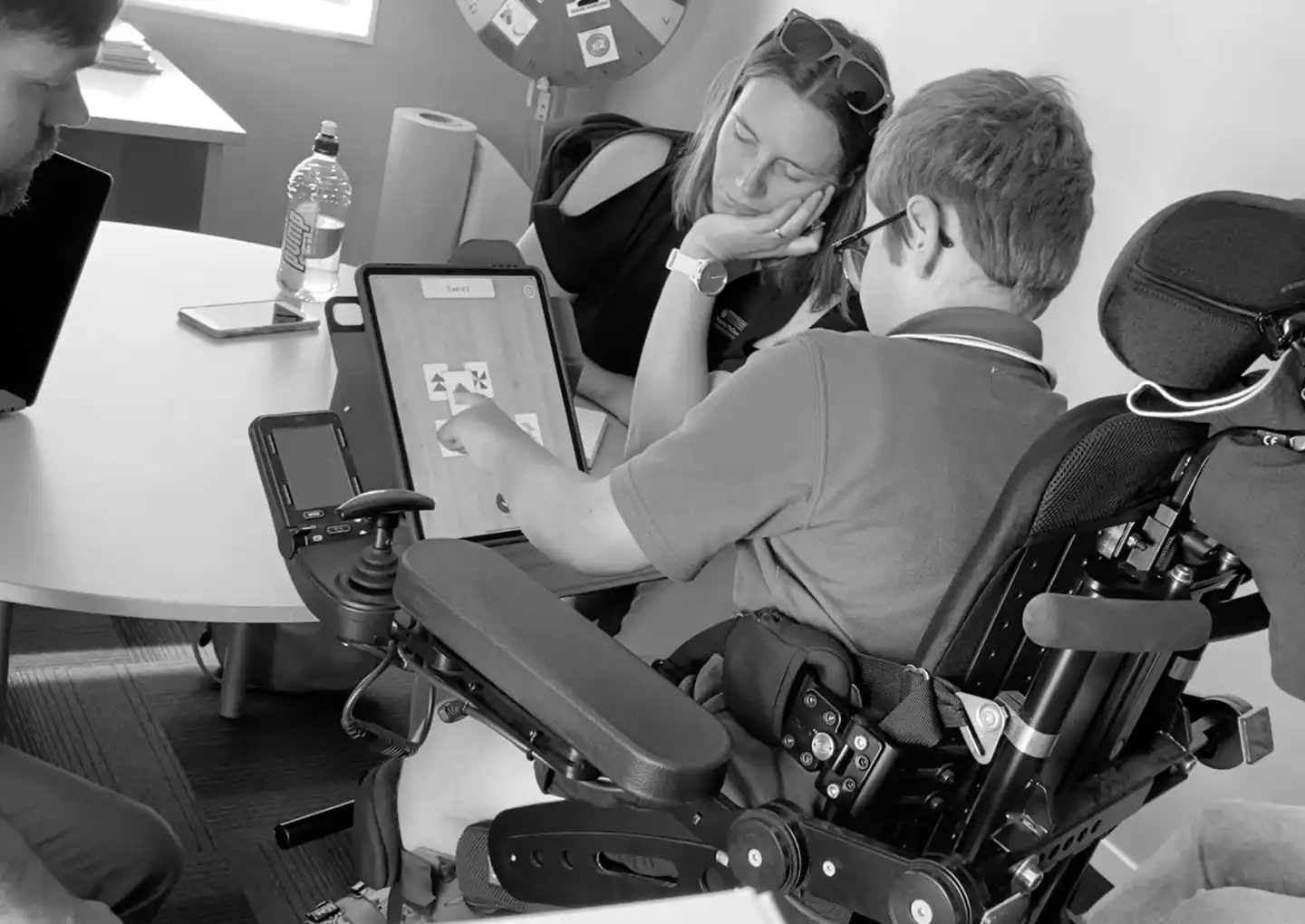
Our approach
Learning through play
We kept the children who would play the game at the forefront of our minds while designing and building.
The levels were designed to reveal different colours, symbols, and number of cards needing to be matched as the game went on. This progression was designed to make the game challenging and rewarding, and so Nicola could study how the child would deal with increasing visual complexity.
It was important that they would feel relaxed and have fun while playing, to keep their behaviour natural. We built in card matching animations — you can pick up and drag the cards to place them on top of each other, cards wiggle when picked up, and land in a wonky way. We used bright colours for the cards and their designs, and built in different themes to choose from.
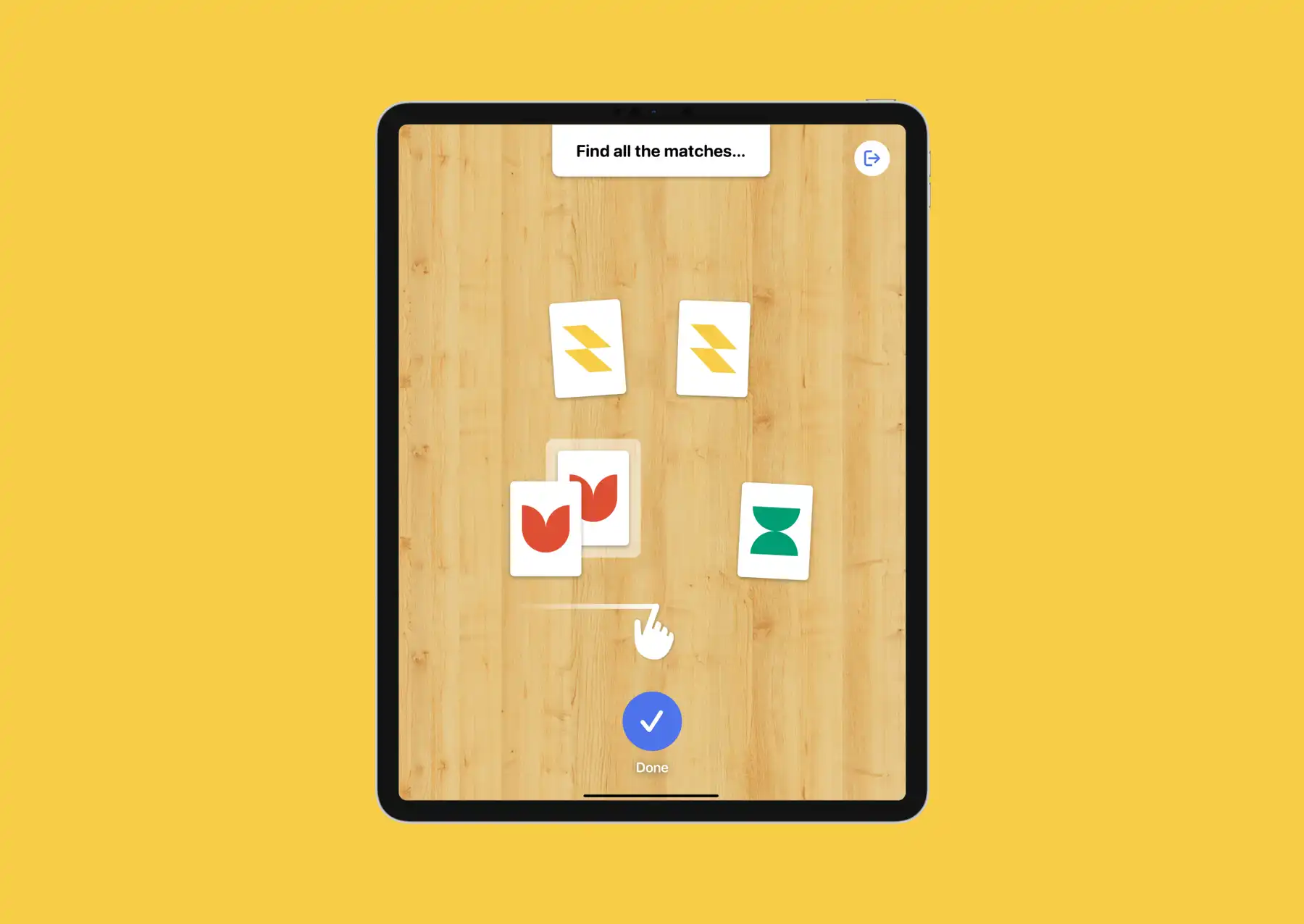
Research metrics based on the science
We prioritised the indicators of Cerebral Vision Impairment we wanted to capture based on the research Nicola had already done.
The app can:
- record time between movements
- track darting eye movement
- capture accuracy of hand movement.
Measuring visual clutter with iOS eye tracking
A characteristic of CVI is that your field of view shrinks when there is a lot to take in at once. Nicola had found that in the first few levels of the card game — when there are fewer cards to choose from — children with CVI found it just as easy as those without. But as the number of cards increased, the children with CVI struggled to match cards accurately and quickly.
We built on existing iOS technology to track how much their eyes darted around when there were lots of cards on the screen.

A web app to help researchers
We built a web app dashboard for researchers to access the information collected during the game. We created a note-taking space as part of it, so researchers can record any additional information they notice when watching the children play.
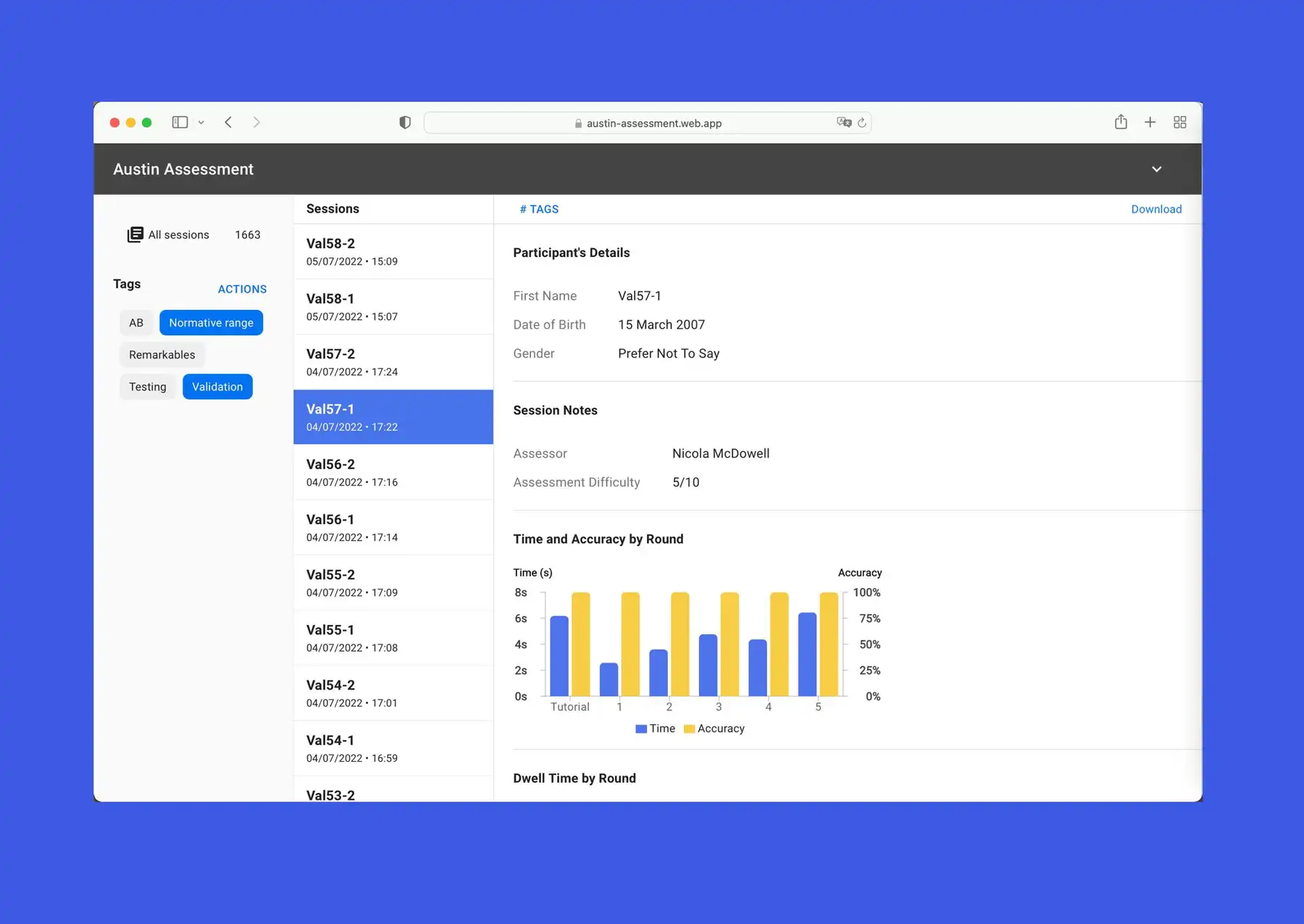
The results
Empowering children to understand their condition
We tested the app with kids with CVI. When the levels got harder and more cards appeared on the screen, their eyes widened. They seemed daunted by the extra visual clutter. But then their eyes began darting around the screen, determined to take in all the cards so they could conquer that level.
The aim for the app in future research is to help children develop a variety of methods to deal with visual clutter.
After playing, discussing the game with the kids provided a way for them to talk about how their vision works. They were able to get a better understanding of their own condition.
Helping parents and teachers understand too
The app also helps parents and teachers understand the kids’ visual difficulties better, and how it impacts on their ability to complete a simple activity. With this understanding, parents and teachers can help the kids with challenges they might be facing in the classrooms, and in their daily lives.
This shows that design has no bounds when it’s used as a fundamental element in scientific research. Outstanding work.
Kātoitoi, the Aotearoa Design Archive
Previous
Ministry of EducationNext
New Zealand Customs Service